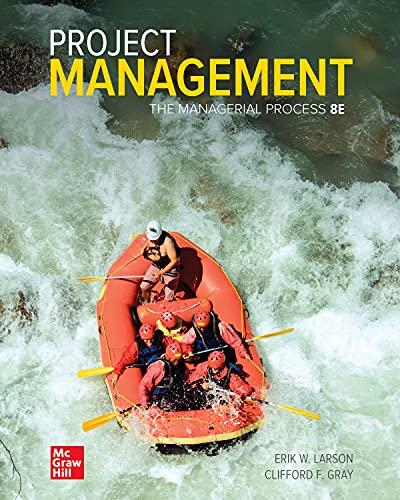Question
David, who is fifteen years old, went camping with friends at a state park. On their third day, one of his friends told the group
- David, who is fifteen years old, went camping with friends at a state park. On their third day, one of his friends told the group about a cove located about sixty yards from their campsite. David and the others took a boat to the cove at about 7:00 pm.
- At least fifteen people were swimming and wading in the cove. One of David's friends dove into the cove and swam away unharmed. David then dove into the water, hit his head on a ledge or sandbar below the surface, and is permanently paralyzed.
- David had never seen the cove before he dove into it and did not check the depth of the water before diving into it because he saw his friend dive in without harm. Also, David noticed that others had evidently used the diving spot before as there was a "well-worn" path leading up to it.
- He is an accomplished swimmer and testified in his deposition that he would not have dived in without checking the depth of the water if he had seen any signs prohibiting diving or seen warnings of any kind posted in the area or at the park entrance.
1) Additional Resources:
Restatement of Torts (Second)
§ 291. Unreasonableness How Determined; Magnitude of Risk and Utility of Conduct
Where an act is one which a reasonable man would recognize as involving a risk of harm to another, the risk is unreasonable and the act is negligent if the risk is of such magnitude as to outweigh what the law regards as the utility of the act or of the particular manner in which it is done.
Comment: d. Weighing the Risk Against Utility of Conduct Which Creates It: The magnitude of the risk is to be compared with what the law regards as the utility of the act. If legal and popular opinion differ, it is the legal opinion which prevails.
- The law attaches utility to general types or classes of acts as appropriate to the advancement of certain interests (e.g. highway travel) rather than to the purpose for which a particular act is done (e.g. particular journey for highway travel), except in the case in which the purpose is of itself of such public utility as to justify an otherwise impermissible risk (e.g. erratic driving when conveying critically injured).
- Social value which the law attaches to the interest to be advanced or protected by the conduct
§ 292. Factors Considered in Determining Utility of Actor's Conduct
- Extent of the chance that this interest will be advanced or protected by this particular course of conduct
- Extent of the chance that such interest can be adequately advanced or protected by another and less dangerous course of conduct
Comment: c. If conduct is available which can advance or protect his interest as well and less dangerously, risk contained in conduct is clearly unreasonable
§ 293. Factors Considered in Determining Magnitude of Risk
(a) Social value which the law attaches to the interests which are imperiled
(b) Extent of the chance that the actor's conduct will cause an invasion of any interest of the other or of one of a class which the other is a member
(c) Extent of the harm likely to be caused to the interests imperiled
- Number of persons whose interests are likely to be invaded if the risk takes effect in harm
2). Additional Resources:
https://premisesliability.uslegal.com/determination-of-status/
Questions:
1. If David is classified as an invitee, in determining whether a breach occurred, did the State take reasonable precautions to protect him from harm?
2. Did the State have an obligation to discover the danger posed by the waters of the cove?
3. Why or why not?
Step by Step Solution
There are 3 Steps involved in it
Step: 1
1 If David is classified as an invitee the determination of whether a breach occurred would involve ...
Get Instant Access to Expert-Tailored Solutions
See step-by-step solutions with expert insights and AI powered tools for academic success
Step: 2

Step: 3

Ace Your Homework with AI
Get the answers you need in no time with our AI-driven, step-by-step assistance
Get Started


